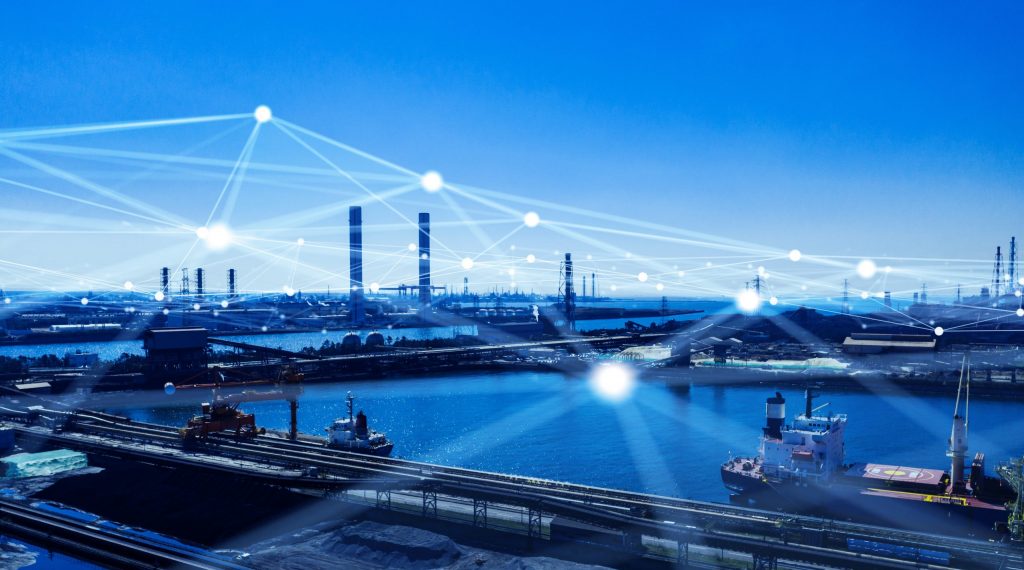Estonia’s ports likely to grow with the creation of the Adriatic-Baltic trade corridor
Among the major ports on the East coast of the Baltic Sea, Lithuanian, Latvian, Polish, and Russian ports have experienced a growth in trade volumes over the last decades (2010–2018), says the Foresight Centre report “The Future of Maritime Trade in Estonia. Development Scenarios up to 2040“.

“Over the last two decades, Estonia’s ports have been affected by two trends: a rapid drop in the East-West transit in comparison to its peak figures in 2008, and a consistent increase in the transport of goods thanks to the increase of Estonia’s export and import. At the same time, these have not compensated for the fall in transit trade,” said the Head of the Foresight Centre Tea Danilov. “In the future, the launch of the Rail Baltic offers a glimmer of hope for port trade, as does the creation of the Adriatic-Baltic transport corridor.”
Senior Analyst of the CentAR Centre for Applied Research Sten Anspal explained that the transit flows from Russia have not stopped completely – even now, fertilisers, ammonia, and oil products are transported to the West through Estonia’s ports. “The Port of Sillamäe has become the largest transit port. By total trade volume, the Port of Tallinn is the largest; together with the Port of Sillamäe, they account for 84% of the trade turnover of Estonian’s ports,” Anspal said.
The Baltic Sea ports of Russia have shown the fastest increase in trade turnover in the last decade (e.g. Port of Ust-Luga). “Russia has set out to direct its trade flows through its own ports as much as possible, and this has considerably increased the trade volumes in these. The turnovers of the ports of Klaipeda (Lithuania) and Gdansk (Poland) have also grown significantly,” he added. “The trade turnover of Latvia’s ports has also increased a little, while the turnover of Finnish ports has dropped. The largest decrease in comparison to 2010 has taken place in Estonia.”
The Head of the Foresight Centre Tea Danilov said that ports could gain important cargo volumes from the companies that would be established with the view of taking advantage of the logistical opportunities created by Rail Baltic and Estonia’s ports. “A case in point is the soy processing factory planned for the Port of Muuga, whose raw materials and end products would be transported through the Port in the estimated volume of 2.5 million tonnes,” she added. From the point of view of the trade volumes passing through Estonia’s ports, an important factor would be the volume of Finnish trade with Southern Europe, Turkey, India, and other Asian nations.
You can read more about the Foresight Centre’s research into shipping and maritime trade here.
The Foresight Centre is a think tank at the Chancellery of the Riigikogu that analyses long-term developments in the society and economy. The Centre conducts research projects to analyse the long-term developments in the Estonian society and to discover new trends and development directions.
Latest news
-
27.06 2025Current low birth rate will lead to up to 1.3 billion euros less tax revenue in the future
In its new short report “The impact of population ageing and low birth rate on long-term state revenue and expenditure”, the Foresight Centre notes that the lower than projected birth rate will reduce government spending on family policy and education, but in the long term, it will mean up to 1.3 billion euros less in tax revenue.

 An independent think tank at the Riigikogu
An independent think tank at the Riigikogu